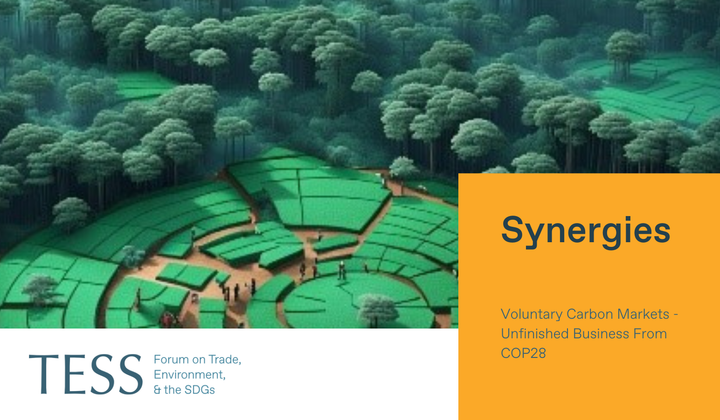Despite the proliferation of climate mitigation policies and standards, interoperability has been a steadfast priority of the international climate regime since its inception. This briefing note provides some examples of climate policy interoperability in the areas of equivalency and converging international standards.
The perceived proliferation of climate mitigation measures and standards is an issue often cited by the trade community as in need of attention. Interest in narrowing climate policy heterogeneity has prompted the trade community to investigate the broad concept of interoperability. Broadly defined, interoperability entails processes that bridge differing standards, technical regulations, and policies as a means to simplify or declutter administrative processes. Interoperability is associated with other benefits, not least in displacing duplicative or inefficient standards as well as increasing mutual learning and trust.
Interoperability is a cornerstone of the World Trade Organization and other trading agreements through two basic approaches: procedures to determine the equivalency of non-uniform standards and policies, and the broad preference for the convergence to international standards. This briefing note provides some examples of climate policy interoperability in both areas.
Scott Vaughan is is a Senior Fellow at the International Institute for Sustainable Development (IISD). He has previously worked in the secretariats of UNEP, the WTO, and the NAFTA Environment Commission.
-----
Recommended citation: Vaughan, S. (2025). Climate mitigation measures and some policy interoperability approaches. Forum on Trade, Environment, & the SDGs (TESS).




